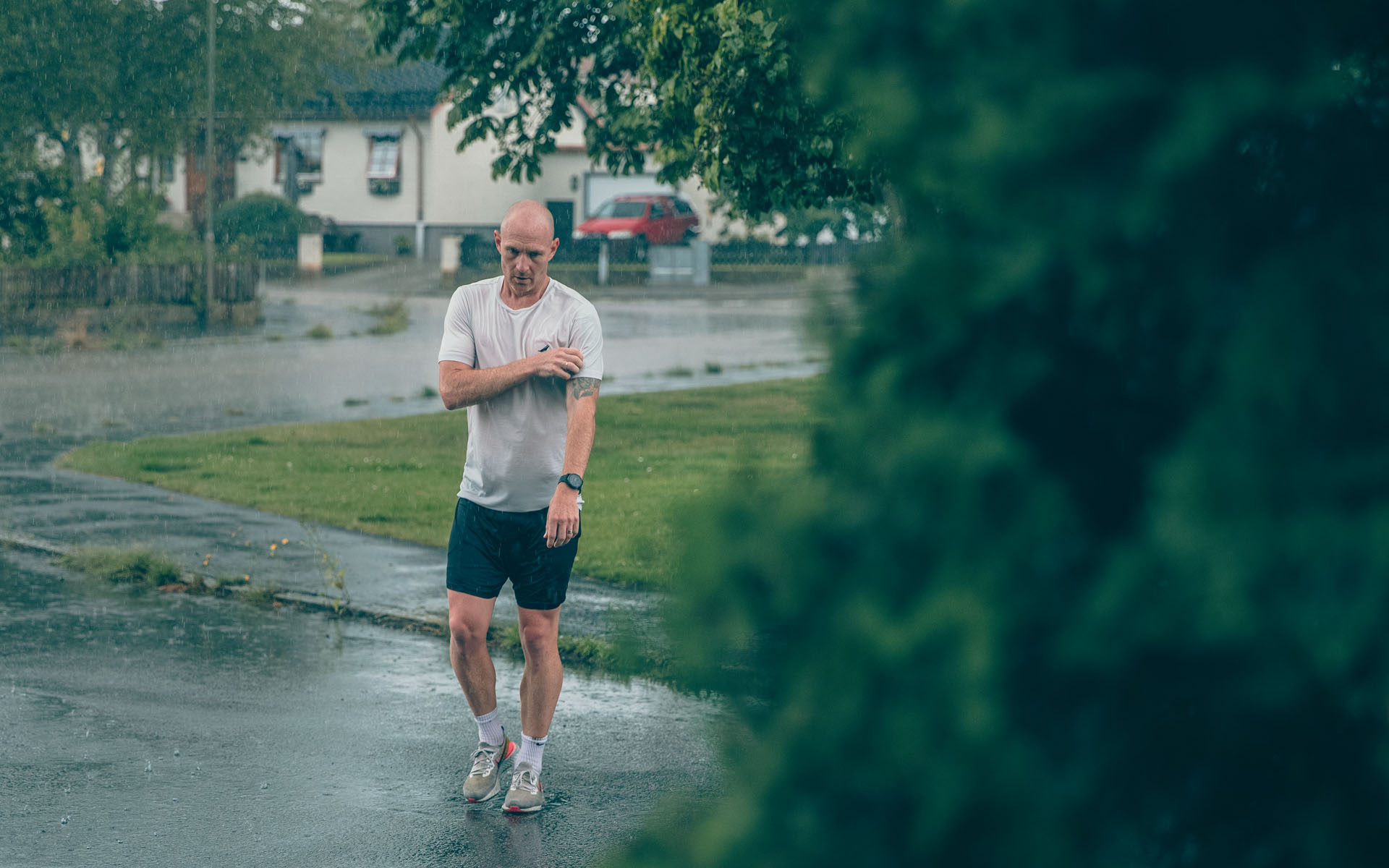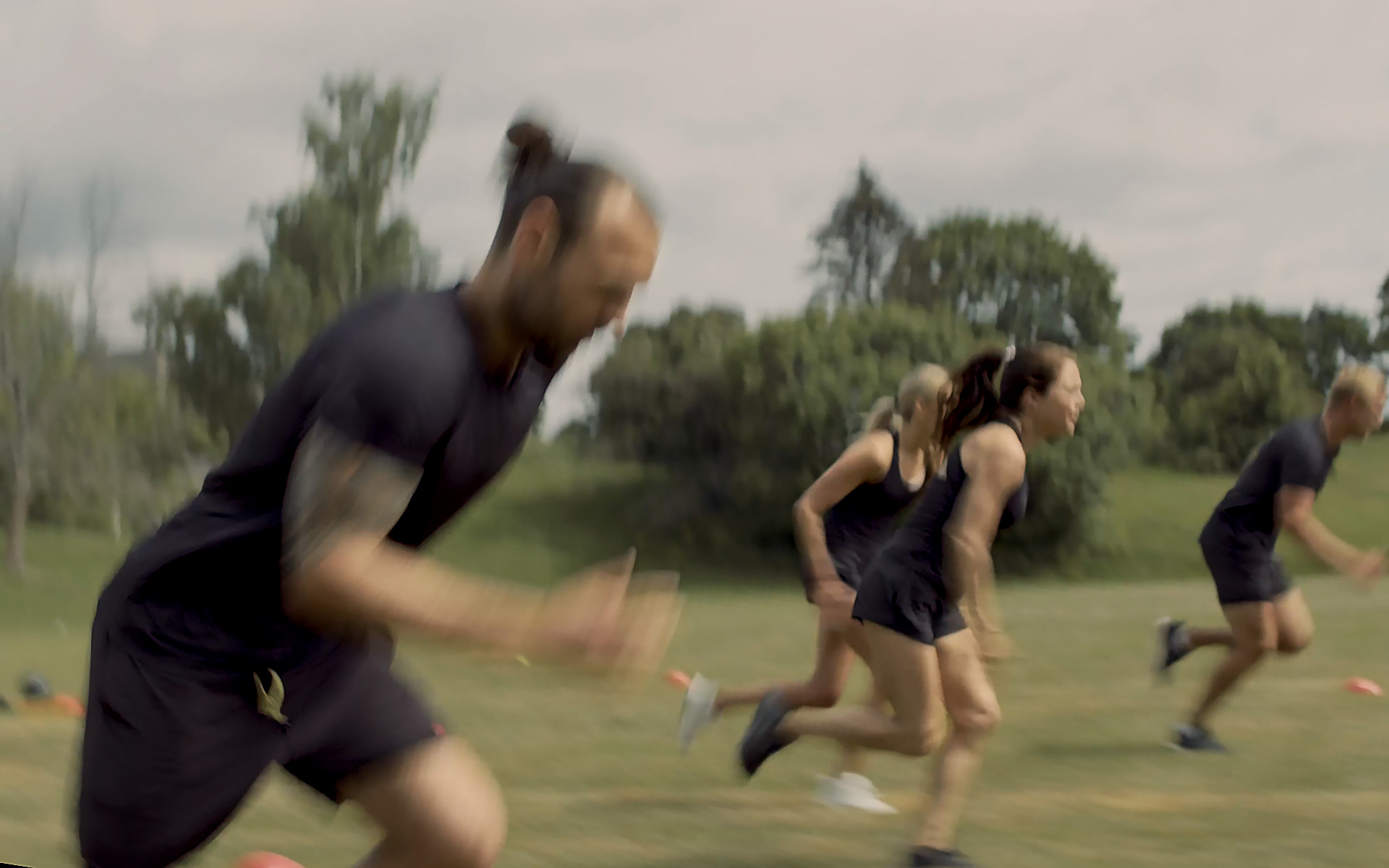Journal
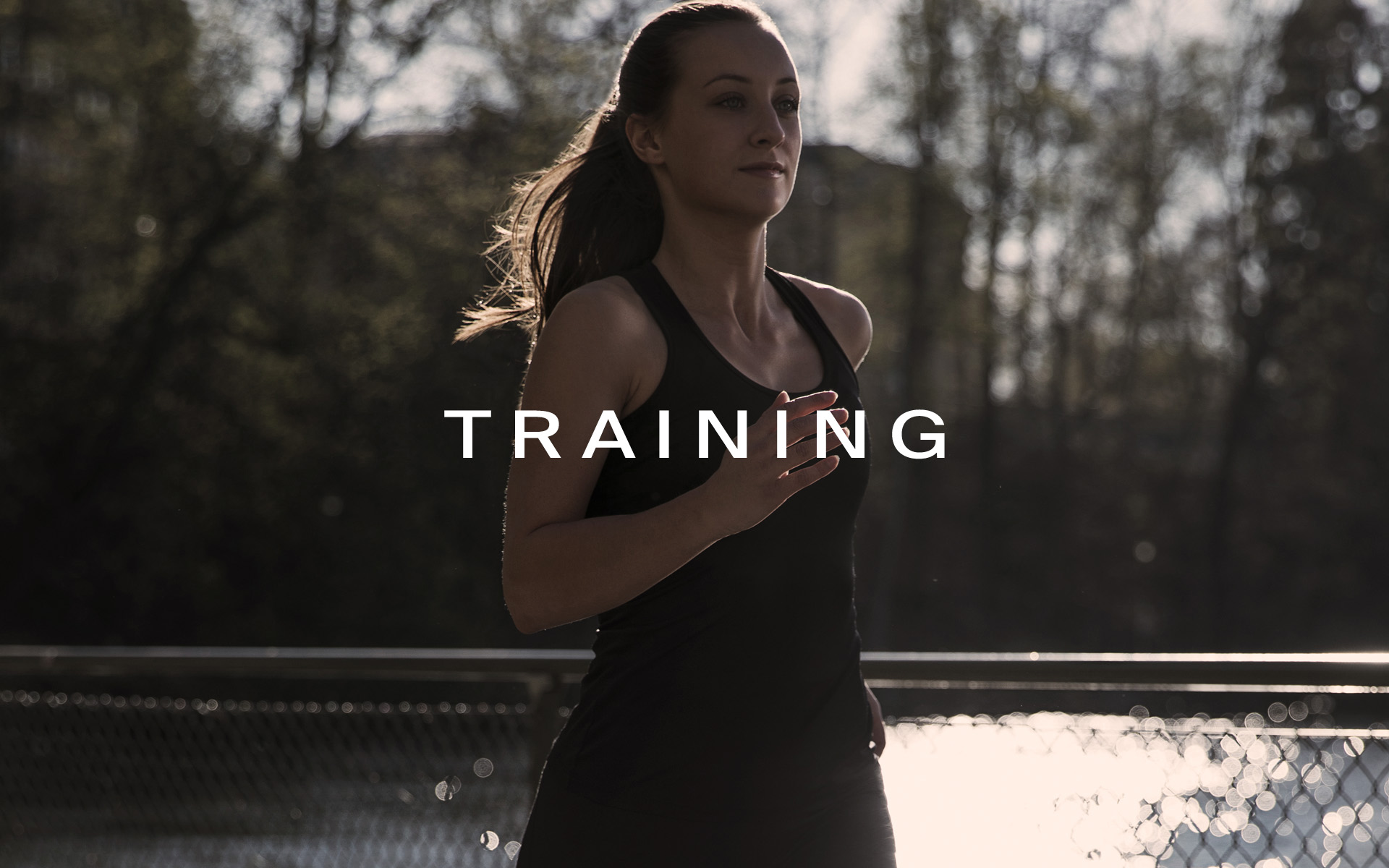
Let’s structure TRAINING
Let’s talk about training.
Not sets and reps, drills or volume, but about structure.
Integration.
Intention and attitude.
About the complex, beautiful but sometimes frustrating, important and never-ending concept of training.
Of getting better.
There are several parts that need to be integrated for us to be able to lead a life of progression.
To reach outcomes and take ourselves to the next level.
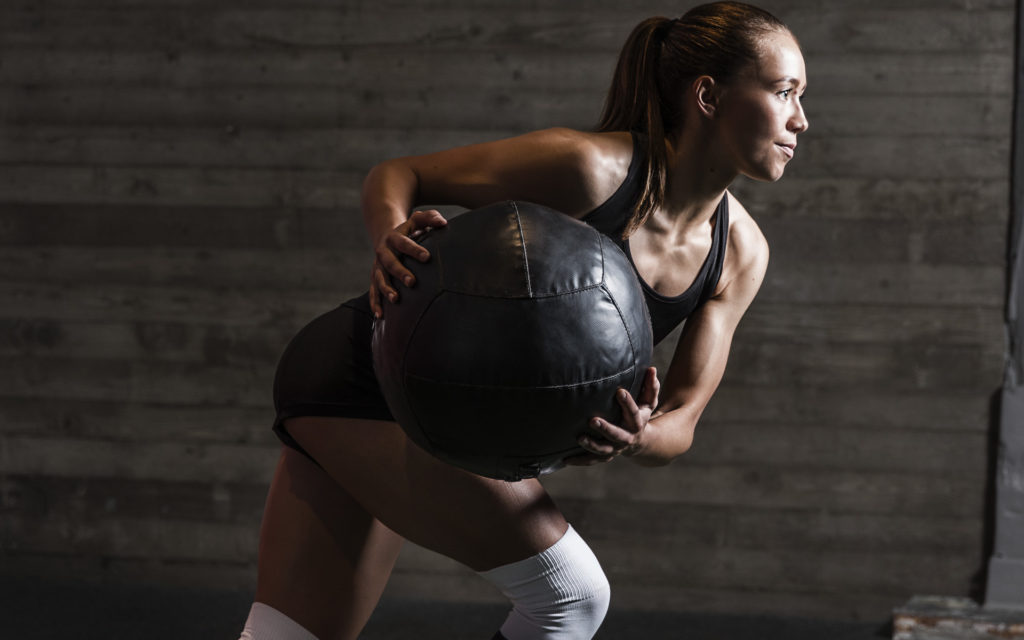
PURPOSE / MEANING
The first thing is to figure out what your aim is. Your true north in life.
What do you want to accomplish, and why do you want to do it?
Not why in a light why, but WHY(!) do you want to accomplish your goal or mission or way of living?
Is it about excellence in a professional sport?
Excellence in an amateur sport?
Is it about health, service, connection, vibrance and/or longevity?
When you know why, and you are sure that it’s important to you, even during days when you don’t feel like doing it, you can use it as a source of motivation. It will also function as a filter when you´re making decisions.
Is it aligned with your purpose, then YES. Is it not, then NO.
It’s important that it’s important. Otherwise you will not persist.
STRUCTURE / STANDARDS
The second part is to create a training routine, and standards within this routine.
Standards in your training that you are going to hold yourself accountable for:
”This is what I need to do.”
”This is when I’m going to do it.”
”This is how I need to do it.”
”This is the level I hold myself accountable for.”
”This is what I won’t accept from myself.”
”This is WHY I do it!”
When the structure is in place, then it’s about training as hard and smart and as progressive as you can.
About showing up every day and meet your standards.
If you do that, you will excel.
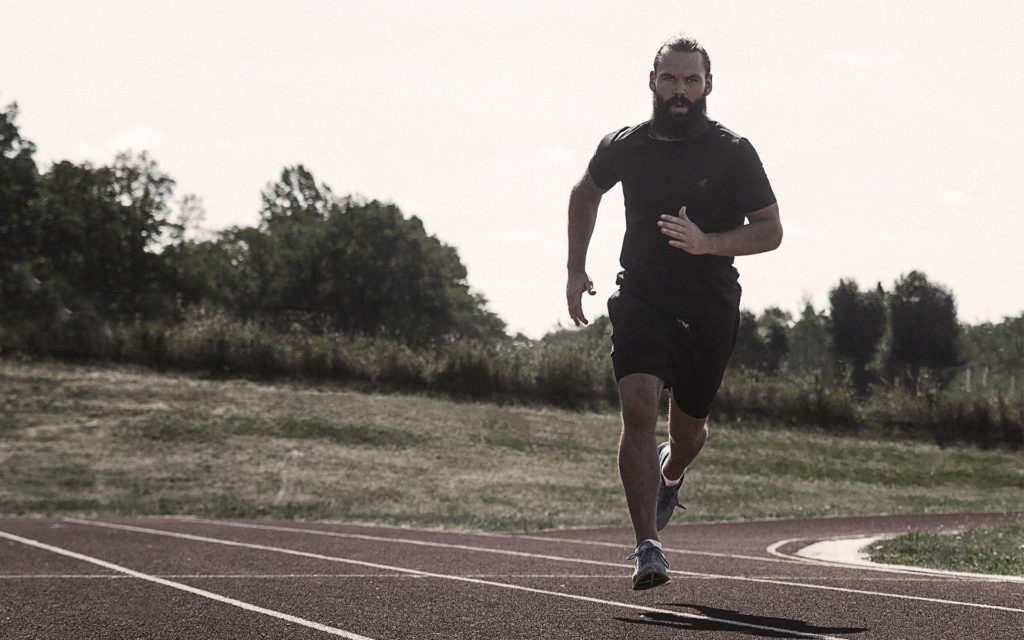
A PROGRESSIVE MINDSET / INTENTION
You need to push yourself. Take yourself to a place where you’re not (yet) skilled.
You need to go further/deeper/harder than what’s comfortable, and this is a training in itself.
Before you enter every session; remind yourself of why you are doing it.
What the aim is, and what’s required for elevation.
It’s a mindset and a skill to push yourself incredible hard at the right time, starting with the intention to do it.
To be able to repeatedly push your limits, we need to have proper rest between training sessions, which is the next part:
RECOVERY
The fourth part is to create space and a really good strategy around you and your training so that you can rest and recover.
So that you can enjoy life.
So that you can widen your perspective, deepen your wisdom and continue going hard with the focus to push your capacity.
Without rest, without moments and periods of peace, harmony and joy, and without some distance to whatever training you are doing, you risk that life becomes to rigid and monotonous.
The consequence(s) of this can be injuries, a lack of motivation, lack of will power and discipline (which you need now and then to really get better), and further down the road also risk a lack of vibrance and connection – because you’re exhausted.
To really get better it’s not a question that you need to value the hard work, and to structure your life so that practice is one of the most important standards in your week. But you also need space so that you can rest, rejuvenate and fill yourself up with really good food and supplements, water, enough sleep and mental stimulation.
A constant reminder (maybe in your morning routine) of what’s meaningful to you, in a bigger way, and how you want to use your days on this planet, is also important to strip away noise that otherwise can lead to more stress as well.
With this standard of recovery in place, you will show up much more often at practice with the mental clarity, physical energy, and a sharp intention of what you need to do, which is required to get better.
You will more often show up to practice at your best. Of course this makes a huge difference for your outcomes, but also for the sense of self.
It feels good to walk the talk.
It gives a burst of motivation, and it’s a big source of power to be able to inspire, influence and lead others.
And the days were motivation and/or energy aren’t so high you can rely on your discipline/will power, which is not a problem once in a while, but if you always need to rely on will power, there’s a greater risk that you won’t sustain.
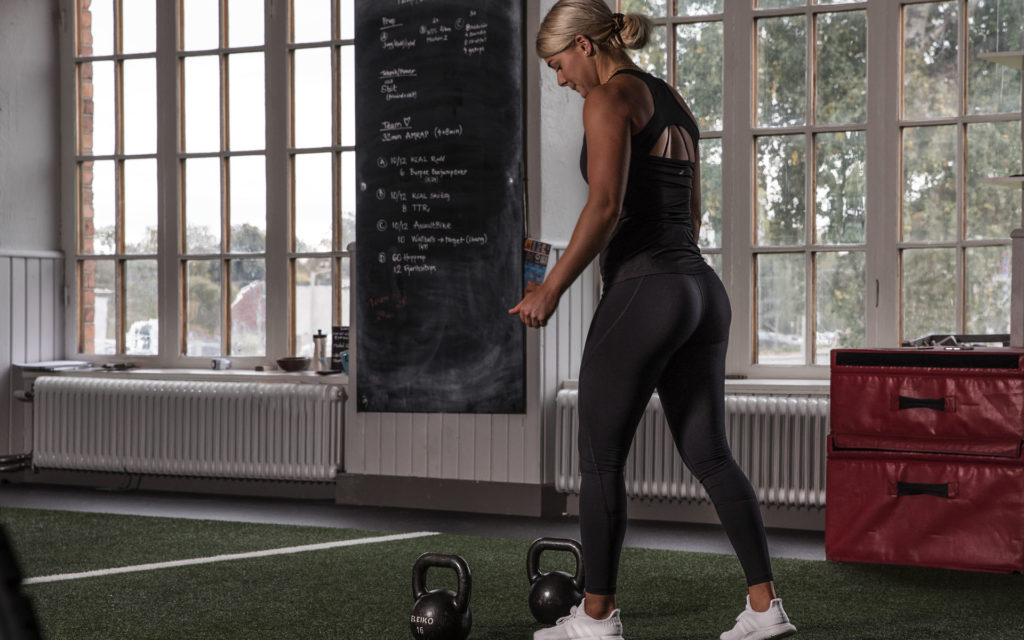
A clear why, a good structure, the intention of doing your best and pushing your capacity in an uncomfortable way, surrounded by great recovery, will without a doubt generate a higher level of performance. It will also shorten the time between top class performances.
No question.
And more occasions/games/sessions with your best performance will take you faster towards your highest potential.
It’s really powerful.
But if we don’t train with intention, intensity and progression, hitting your best performance won’t be possible. Our performance will be suboptimal.
To rely on will power almost every day won’t work.
It’s possible that you still can show up, but there’s no chance that you will bring your best.
If we don’t take care of our recovery we will soon be out of motivation and the energy needed to work in a way that makes us better.
Your performance’s gonna be suboptimal and this will of course impact your progress and long-term elevation.
If this happens we need to take some time to sit still and quiet and work/rework our values, mission, goals and why we are doing things.
For whom we’re doing things.
Decide who we want to be, no matter context. No matter who’s watching or if someone’s watching.
Ok.
Four really important parts of progression/performance are in place;
Purpose / Mission / Direction / Intention
Structure / Standards
Mindset (to do our best) every day
Recovery
We need all four and we need to structure our life to make the best out of them.
Integrate them in a very elegant way.
The next part of standards necessary for top class, sustainable and progressive performances; feedback and reflection/self-assessment.
FEEDBACK AND REFLECTIONS (AND ADJUSTMENTS)
You want to have people around you that you deeply trust, who are wise, genuine and with your best in mind. But who at the same time can deliver really sharp, sometimes painful, but always accurate, feedback on what you are doing well and what you need to do better.
To have 3-5 people like this around you is important, but it’s only the first step.
The second part of it is to use this goldmine, without getting to emotional about the feedback you receive, but instead be grateful and work to construct a sharp drill/strategy to train whatever is clear that you need to work on.
This is something good.
It requires vulnerability and the reminder that you want to get better, and sharp feedback is a way/tool towards improvement.
There are several components to this mindset and skill.
You need to get good at taking the feedback and integrate it in your practice, and to do it in a way that makes you better.
But before that you need to train your mind to handle some emotions that (may) arise at first when you receive some critical feedback.
The reminders are:
”I know that the person who gives me feedback has my best in mind.”
”This is for my best.”
”This is what I need to get better, and getting better is my direction.”
”This also gives me a stronger emotional resiliency in a world with a lot of less valuable ”feedback” and opinions.”
This dialogue with yourself helps.
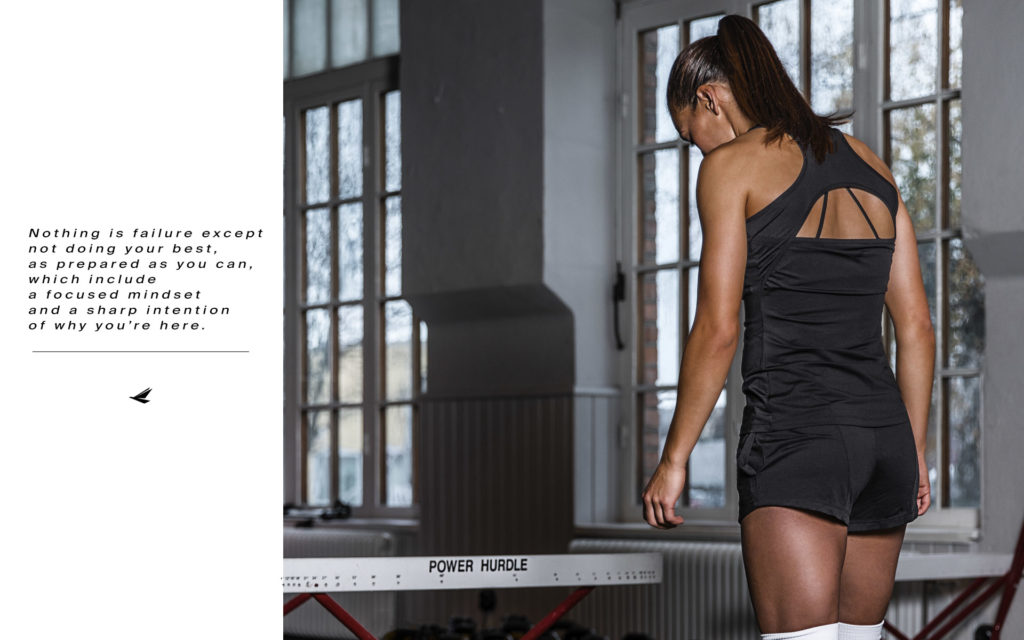
To work with yourself when you’re alone, calm and present, and use this time to create an important filter within you; that ”when I receive feedback from these 3-5 persons, I want to listen.”
Breathing is also a tool to calm yourself if you’re getting upset. To center yourself and (re)focus your attention to what the person is saying, and the why behind your listening.
Like everything, this requires training, and like everything about training, the first step is to value the training.
Then, having the awareness of when it happens, and choose to do something (constructive) with it.
Reflection is the work you do alone in stillness when you contemplate your own performance, and make adjustments, either mentally or in your journal, that are (more) aligned with your purpose. Of how you want to live your life.
Self-assessment is necessary for elevation, and, eventually, for excellence.
Integrating your own reflections with the feedback from your supportive and trusted people with the physical and emotional training and with how you want to live your life, will make you a really powerful, authentic, strong and resilient human being.
From here, performance, love, kindness, relationships, spirit, purpose, can continue to grow.
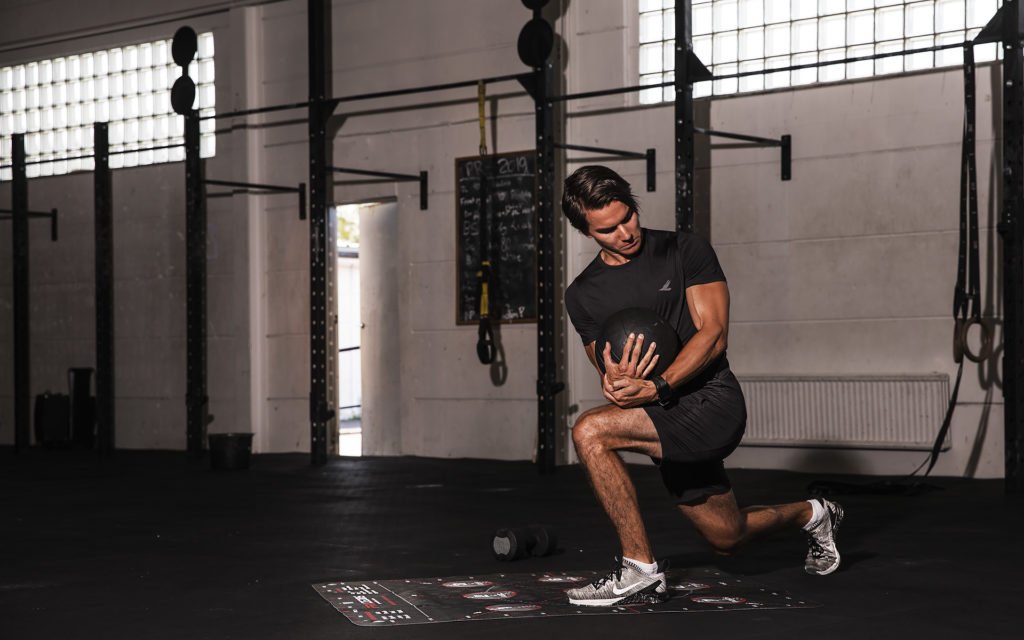
CHALLENGES / OBSTACLES / MISTAKES / ”FAILURES”
We will all come up short. We will all face adversity, walk through challenging times, and not perform at the level we know we are capable to perform at.
Again, if we know why we’re pushing ourselves, why we’re taking these steps, even when it’s hard, and continuously remind ourselves of what we are here to do, it’s much easier to be resilient, sharp and determined through what’s challenging us.
To not give ourselves a constant label because of some mistake(s), or see our capacity as fixed when coming up short, but as lessons and experiences necessary for growth. See it and value it as The Way towards our best.
The only failure that can occur is if we don’t show up as prepared as we can and engage in our session/game/task with full effort.
If you continuously struggle with doing your best, you need to go back to the first part; your mission/why/purpose.
Get clear.
What is important.
What is not.
Structure the important things and let go of what’s not important.
Then go after it with everything you have. Backed up by mega-preparations and super-recovery.
That’s a really hard, but so meaningful work.
That’s incredible high standards.
That’s a way of life.
To live your standards.
/LYS
Photography by
Marcus Falk Olander


